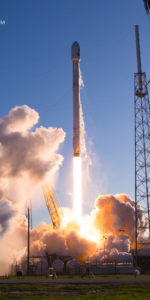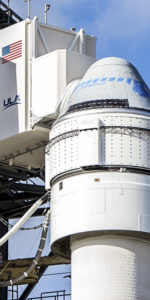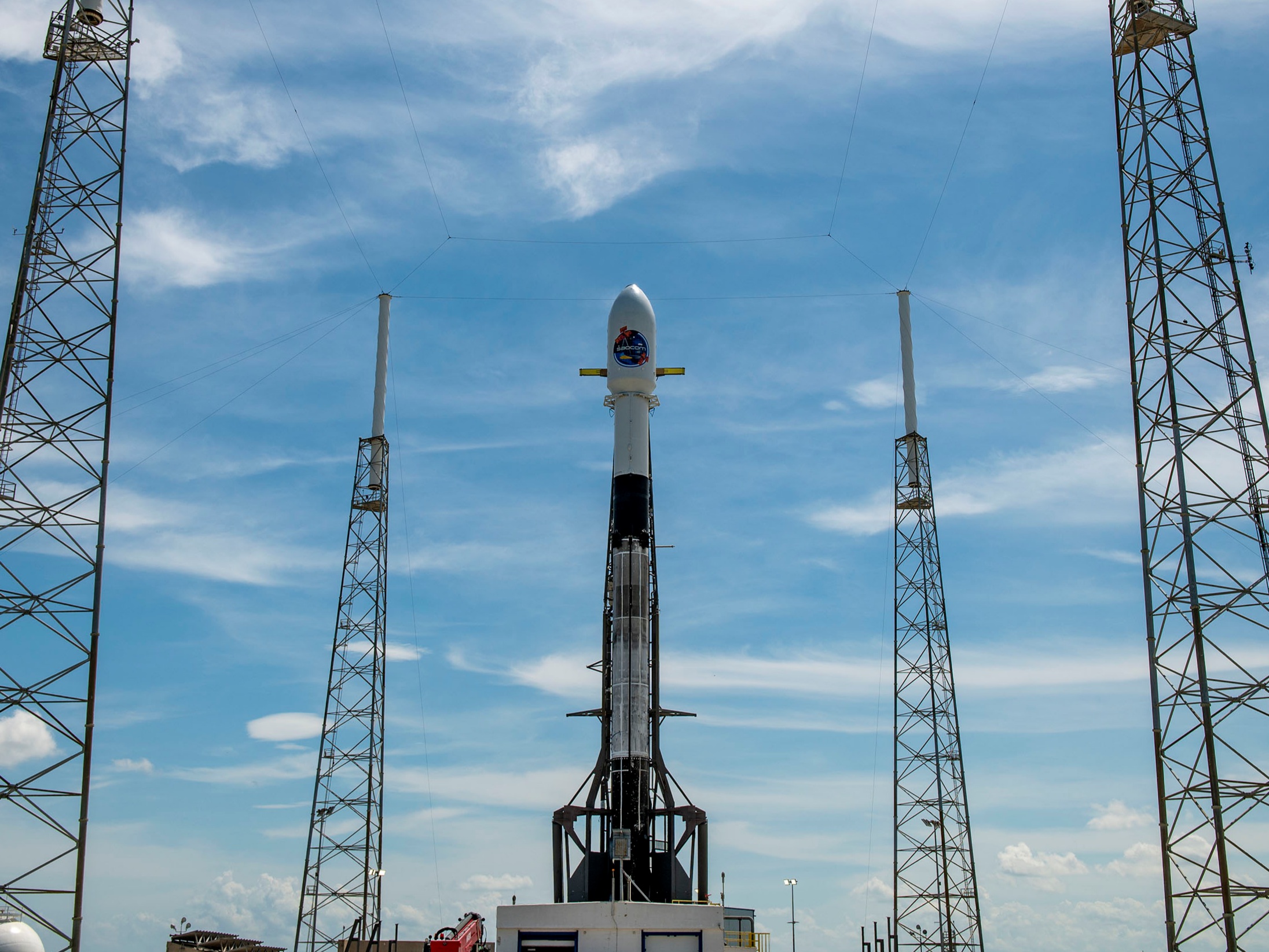
A day of possible launch double-headers for SpaceX is no more, as poor weather on Florida’s Space Coast has already scrubbed the first mission off Kennedy Space Center’s historic pad 39A, where SpaceX hoped to launch their next batch of Starlink satellites. Inclement weather was too much during pre-flight operations, so the next launch opportunity is Tuesday, September 1 at 9:29 a.m. EDT.
With Starlink standing down, the focus now turns to neighboring SLC-40 on Cape Canaveral Air Force Station, where another Falcon 9 rocket is standing atop its launch pad for a launch attempt tonight with SAOCOM-1B, which will take a rare southern trajectory off the Cape. Liftoff is targeting 7:18pm EDT
WATCH LIVE HERE STARTING AT 7:00pm EDT SUNDAY!
The weather, however, may keep that mission grounded as well. The current launch forecast from the USSF 45th Space Wing calls for only a 40% chance of favorable conditions for launch, with the primary concerns being violations of the thick cloud layers rule, cumulus cloud rule and anvil cloud rules. Mich of the3 name is expected in the event of a 24-hour scrub.
“The subtropical ridge axis is south of the Space Coast creating southwesterly winds in the low- levels. This flow impedes the inland progression of the east coast sea breeze and allows inland storms to migrate towards the Spaceport, increasing the threat of evening thunderstorms and associated cloudiness over the launch area. In addition, the remnants of Hurricane Laura are providing ample moisture to the southeast U.S. and Florida, increasing cloud cover through the weekend. The primary concerns for launch attempts Sunday and Monday are the Thick Cloud Layers Rule related to the remnant moisture and the Cumulus, and Anvil Cloud Rules from the evening’s convection”
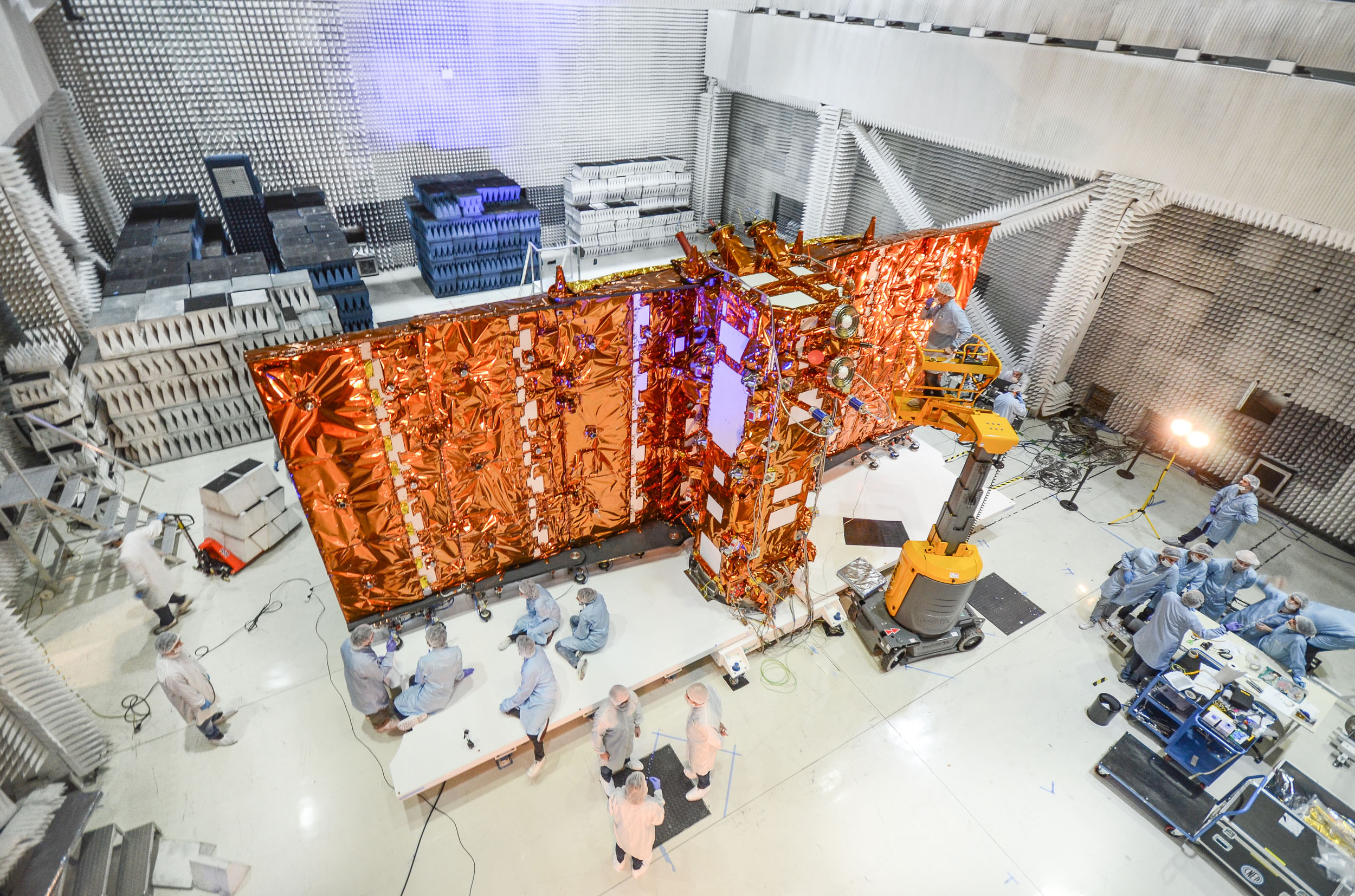
As previously described by AmericaSpace, tonight’s flight carries Argentina’s long-delayed SAOCOM-1B satellite, which will join its twin, the 2018-launched SAOCOM-1A, in conducting L-band radar-imaging of Earth. Working together in near-polar orbit, the two satellites will contribute to a broad range of applications, including relief from natural disasters, soil-moisture mapping, terrain-modeling and volcanology.
The rocket itself, Falcon 9 core B1059, will be making its fourth flight, having previously lofted the most recent pair of Dragon cargo missions to the International Space Station in December 2019 and March 2020, followed by a batch of Starlink satellites on 13 June.
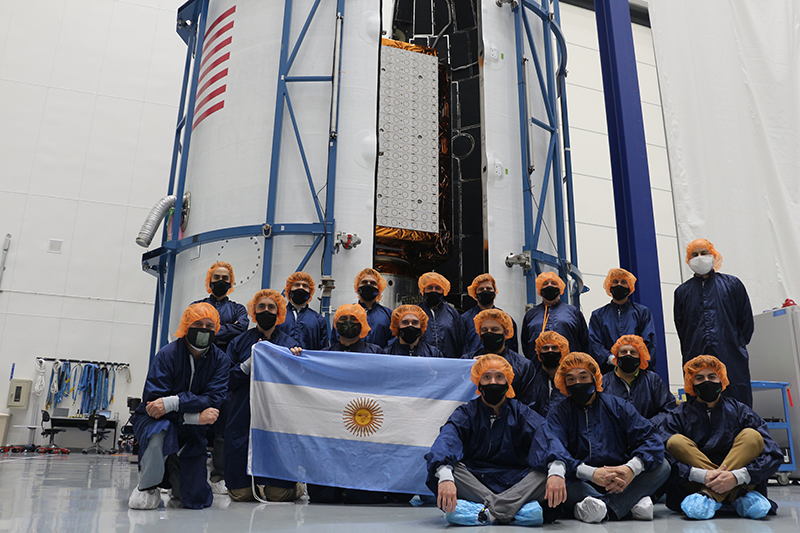
Riding alongside SAOCOM-1B is the Global Navigation Satellite System (GNSS) Navigation and Occultation Measurement Satellite (GNOMES)-1, operated by Denver, Colo.-based PlanetiQ, which aims to place a constellation of up to 20 microsats into orbit by 2023 for high-definition weather forecasting, climate research and space weather monitoring. GNOMES-1 will be equipped with PlanetiQ’s in-house-built Pyxis Global Positioning System (GPS) radio occultation payload for atmospheric sounding and is expected to operate at an altitude of almost 500 miles (800 km), inclined 72 degrees to the equator.
Also flying as a rideshare payload is Capella-2, part of a network of small satellites which will use X-band SAR to provide high-contrast, low-noise and high-resolution imagery as fine as 1.6 feet (0.5 meter). Provided by San Francisco, Calif.-headquartered Capella Space, it is a larger and more capable successor to the Capella-1 satellite, which rode a Falcon 9 on the SSO-A SmallSat Express rideshare mission in late 2018. To achieve its imaging resolution, Capella-2 utilizes a 11.5-foot-diameter (3.5-meter) mesh reflector antenna.
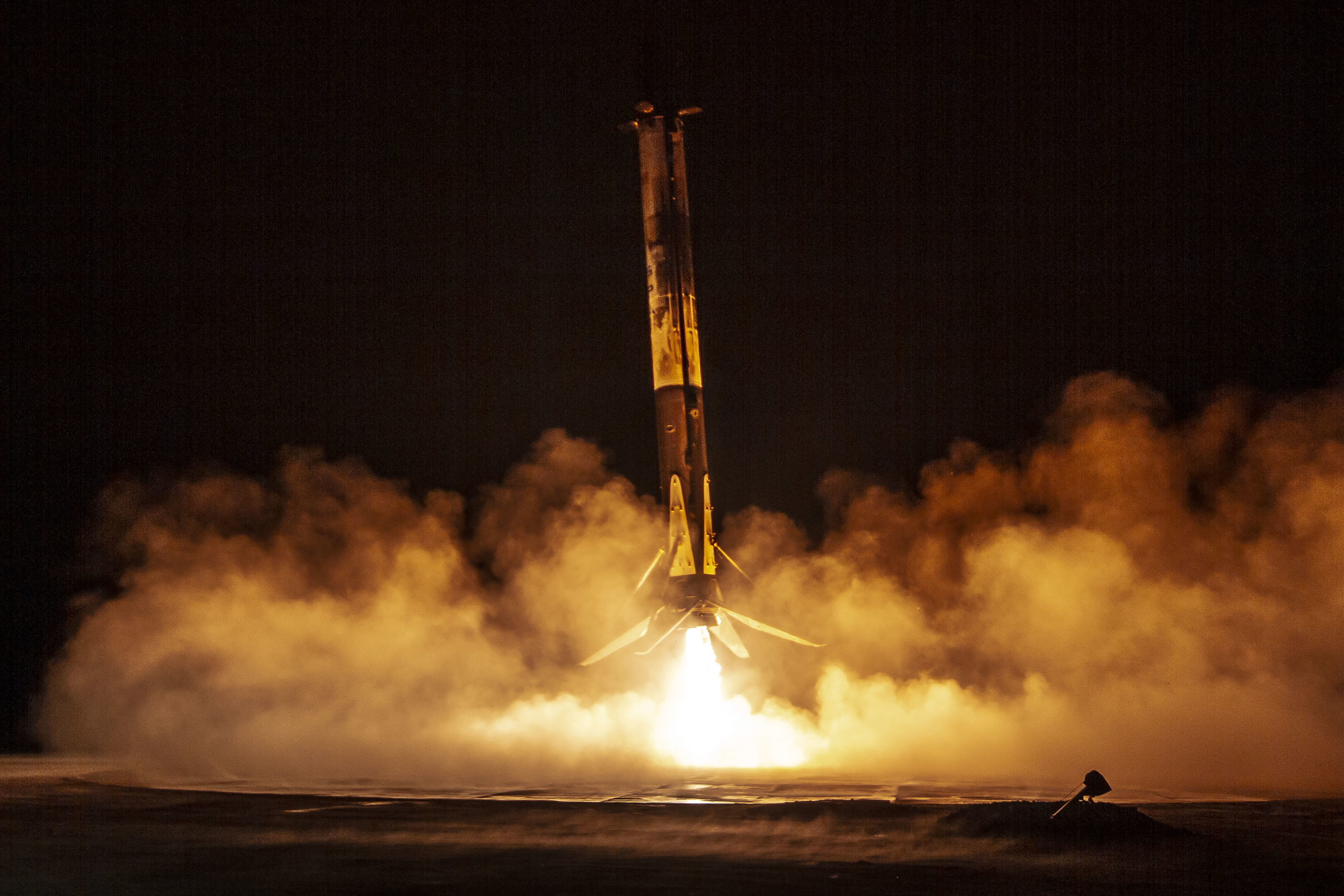
SpaceX hopes to land the Falcon 9 rocket back at Landing Zone-1 on Cape Canaveral, just south of SLC-40.
Should both SAOCOM 1B and Starlink launch within less than 48 hours of each other, it would establish a new record for SpaceX between any two of its launches. Two previous pairs of missions, in June 2017 and December 2018, came close, with roughly 48 hours between each flight, although in both cases the launches occurred from the East and West Coasts of the United States. This week’s double-header of Falcon 9s (to say nothing of the mammoth Falcon Heavy) will all originate from the Space Coast.
– Written by Mike Killian and Ben Evans
.
.
FOLLOW AmericaSpace on Facebook and Twitter!
.
.




